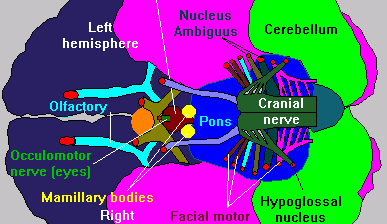Category Archives: Technology
06 Sep Varieties of Neural Circuits in the Cerebellum
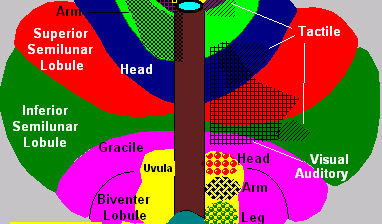
The Cerebellum In this post we explore the roles and varieties of neural circuits of the cerebellum in motor control and the maintenance of life-support systems. The layers of the cerebellum have different cell populations, and the types of cells have radically different forms. Three main points will be made today: the morphology of cells and layers […]
05 Sep Brain Form and Function
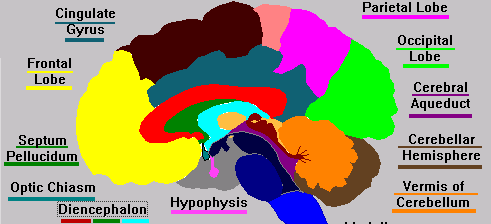
Functional Morphology I’ve addressed questions related to modeling form, function and process in an earlier post. Today’s post drills down in some specific areas to point out some important connections between form and function that could contribute to engineering systems that more accurately model the human brain. Paul Churchland suggests that many AI initiatives have […]
31 Aug Building a Cathedral of Knowledge

Good fiction, especially good historical fiction, gets my brain spinning. Ken Follett‘s The Pillars of the Earth and World Without End describe the technology, born in the “Dark Ages” in which mortal men were able, with limited technologies, to build edifices that could stand throughout the ages. At the same time as Mr. Follett’s mythical cathedral […]
30 Aug Eclecticism and Cognitive Modeling
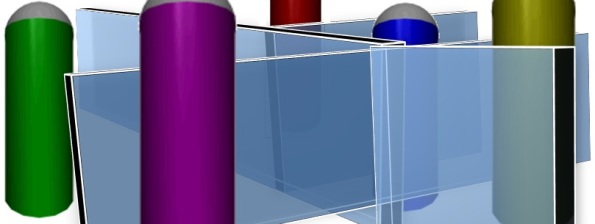
Cognitive Science Hybrids in plants and automobiles are great. Perhaps in computers and apps as well. I have always thought of myself as deeply interested in the “cross-pollination of ideas.” This includes, when appropriate, snipping sequences and splicing to create genetically modified innovations. The posts in the Understanding Context blog span the knowledge and theories […]
29 Aug Layers of Brain Complexity
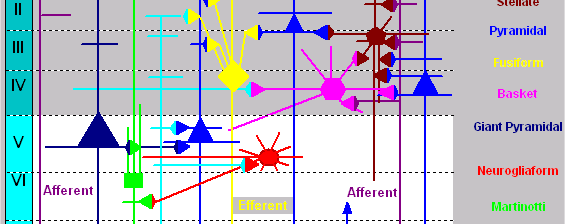
Hierarchy: A Structural Aspect of Thought The complexity of the cerebrum is necessitated by its function as the center of cognition. Before looking at cerebral structure, consider some of the functions of thought. Thinking involves accessing memory to find what perceived data is stored, what other data in memory it is associated with, and what is the […]
29 Aug Black Boxes: Specialized Areas of the Brain
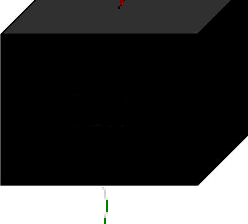
The Black Box Black Box is a term used to describe a mechanical device that does something inside, but whose functions are not visible from the outside. Specialized areas of the brain may operate as black boxes. Activation flows in and activation flows out, and what happens inside may have no direct affect on other […]
27 Aug Brain Correlation Processes
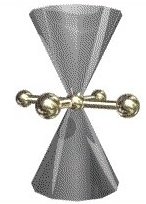
Many computer systems focus on a single capability, one task or just one dimension of a complex process. Sentient brain activity is an example of a complex process with many dimensions. Optical character recognition, such as identifying a capital “Q” on a piece of paper, is an example of a problem with three dimensions: Length, […]
24 Aug Coordinating Neural Pathways
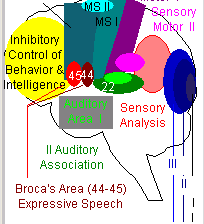
Specialization & Cross-Over A great deal of functional specialization and cross-over is evidenced in the brief summary in the table on functional morphology and descriptions of the areas of the brain covered in my last post. In fact, the extent to which many areas specialize is understood in minute detail, even to the functional segregation […]
23 Aug Specialized Instruments – Brain Areas
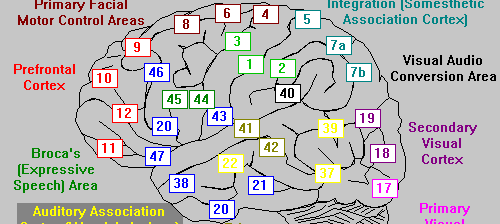
Finding Functions on a Map Much of what we know about the functions of areas of the brain was discovered by Korbinian Brodmann in the early 1900s. He mapped the brain by sticking in many electrodes, eliciting cognitive responses such as making a sound or showing an image to trigger perception, and monitoring electrical activity. Now, […]





